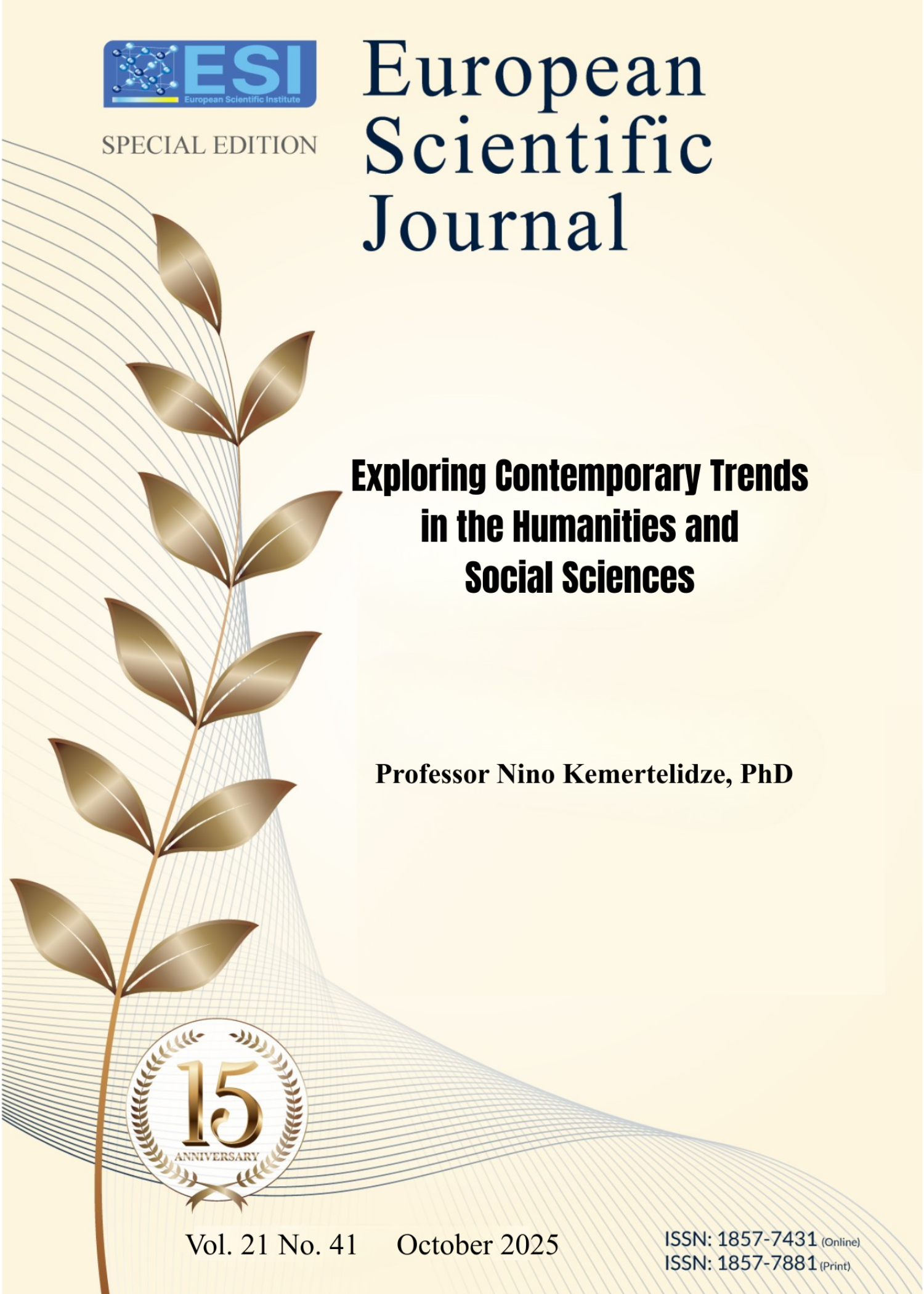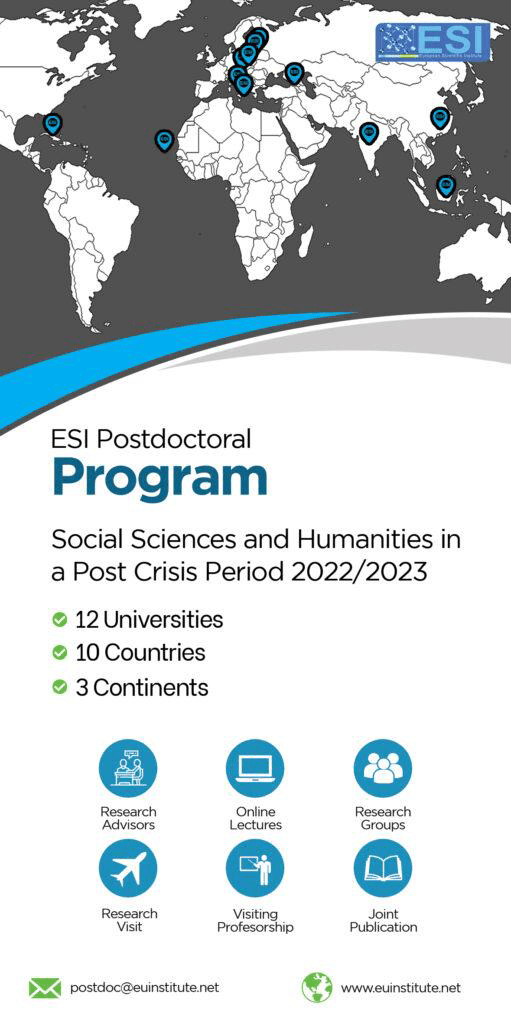Concepts and Their Semantic Analysis: The Case of „Intelligentsia“
Abstract
Cognitive linguistics determines that the world is presented and reflected in our consciousness as definite structures and describes how this knowledge is verbally represented. Language is used not only for communicative purposes, but at the same time, it stores the information gathered by a definite speech community. Knowledge, experience and the results of cognition gained by a human being are presented as the so-called concepts. The object of this article is to describe one concept, which is “intelligentsia.” The method applied in the study is that of “the semic analysis” that dissects the meaning of a word or text into fundamental components of meaning called semes. There has been applied contextualization as a type of semiotic analysis, when the meaning of a concept can change depending on the context in which the sign appears. The cognitive approach used in the study assigns a special role to the human factor in the process of perception of the concepts. The article is the first and general part of the semantic research on the term “intelligentsia”. The results of the study show the main and often mutually exclusive characteristics of the concept “intelligentsia” and the completely different contexts of its application. In modern Georgian society, this term has acquired more negative implications (or peripheral or core semes) when used by politicians and has been used mainly as a positive concept when used by non-politicians. This concept represents some basic humane features of a human being and should be widely applied by modern societies. As for future research, the evolution of "intelligentsia" in modern societies, considering the impact of globalization, digital media, and shifting academic and cultural paradigms, is of interest.
Downloads
Metrics
PlumX Statistics
References
2. Langacker, Ronald. (2010). Concept, Image, and Symbol: The Cognitive Basis of Grammar. Stanford University Press, Stanford (Calif.).
3. Leontyev, A.A. (1969). Language, speech, speech activity. Prosveshchenie, Moscow.
4. Languages 2024, 9(4),121; https://doi.org/10.3390/languages9040121
5. Hebert L. (2019). Semantic Analysis. Contributed by Julie Tabler. An Introduction to Applied Semiotics, 1st edition.
6. Languages 2024, 9(4),121; https://doi.org/10.3390/languages9040121
7. Various daily newspapers in the republic of Georgia in 1990-2006 (“Independent Newspaper”, “Tbilisi”, “Georgian Nespaper”, et al.
8. Karol Libelt, O miłości ojczyzny ("On the Love of the Fatherland"), 1844.
9. (Veresaev V. V. On Kachalov // "Lit. gazeta" 1945, No. 7 from February 10).
10. A History of Russian Thought - Edited by William Leatherbarrow and Derek Offord Cambridge University Press 9780521875219.
Copyright (c) 2025 Natia Nemsadze

This work is licensed under a Creative Commons Attribution 4.0 International License.








